Before you think I'm quoting old movies again, check this out.
The recumbent effigy of a king.
Not just any king, but my personal favorite, Francois I of France.
These tootsies, and many more like them, can be seen in one of France's most architecturally and historically significant churches, the Basilica of Saint-Denis.
Just minutes from Paris on the Metro (Line 13), the medieval abbey church
is known for both its architectural and historical clout:
- It was the first successful attempt in the annals of cathedral building
to transition from Romanesque to Gothic architecture.
The framework is a marvel of daring design, both lofty and filled with light.
- Perhaps most remarkable, it's the burial address for the majority of
French kings dating from the 10th to the 18th centuries.
It's a Who's Who of the royal directory including not just the crowned honchos
but their queens and other persons of nobility as well.
Familiar names such as Dagobert, Clovis, Charles Martel, multiple Henrys,
Charles and Louis dot the landscape. Even the heart of the Dauphin,
the boy who would have been King (son of doomed Louis XVI & Marie Antoinette),
is interred inside one of the crypt walls.
known (on the edifice of Notre Dame!) for losing his head in battle and
carrying it up the hill from Montmartre to its current location.
This is one saint who knew how to attract a following.
Even Joan of Arc paid tribute to Saint Denis. In the 15th century, she paused from battle long enough to make the pilgrimage to this cathedral, along with some
160,000 annual visitors today.
The basilica showcases a blue book of French kings, queens and royal personage.
From King Dagobert (who had the inspiration to honor Saint-Denis on this site) to Henri II, Catherine de Medicis, the Sun King Louis XIV, beheaded Louis XVI
and wife Marie Antoinette, it's a lesson in history that's both
reverent and alarmingly entertaining.
The cathedral is a grand tribute, even for those used to the royal treatment.
History and art collide on an awe-inspiring scale.
It's a memory bank of France, all in one spot.
But what really stands out is discovering the messy history of the basilica.
During the anti-royalty nonsense that marked the French Revolution, the historic landmark was ravaged, the rabble dumping all the tombs and bones into a mass grave. Radical gangs had taken over and nothing, not even kings -- not even
a revered bastion of The Church, would stand in the way of mob "justice".
It was years later, in 1805, when Napoleon Bonaparte took the reigns of historical justice and restored the church, hoping to rescue the put-upon royals from their mass mound of dirt. After his reign, his successors uncovered the regal bones and placed them back into more fitting tombs, forever sealing the royal history
and (mostly) restoring their dignity.
Napoleon understood the importance of a sacred national history,
both for France and for the world.
Lions made of marble keep tabs on their kingly treasure,
a fitting image of immortality.
Death has rarely looked so attractive and it's doubtful even the great minds of Madison Avenue
could promote these crowned heads and their heavenly kingdom so well.
While most visitors probably assume French royalty would be buried in
Père Lachaise or Versailles, the fact remains that you won't find them
anywhere but here in Saint-Denis.
place to visit. That's a bit unfair. It's true, there has been trouble in the past
with fiery demonstrations and mischief-making headlines.
But the truth is far less dramatic.
It's a quick and direct walk from the Metro (stop at Basilique St. Denis) to the church.
The only activity in the immediate area is pretty much restricted to tourists coming to the church and shoppers stopping at their favorite market just across the way.
The St. Denis market is a marvel and worth a quick look.
Please add this destination to your list of must-sees. When planning your trip to Paris, a good itinerary should include this terrific storehouse of history and art.
Any true lover of art, architecture and history will find heaven in a visit to the
Basilica of Saint-Denis.
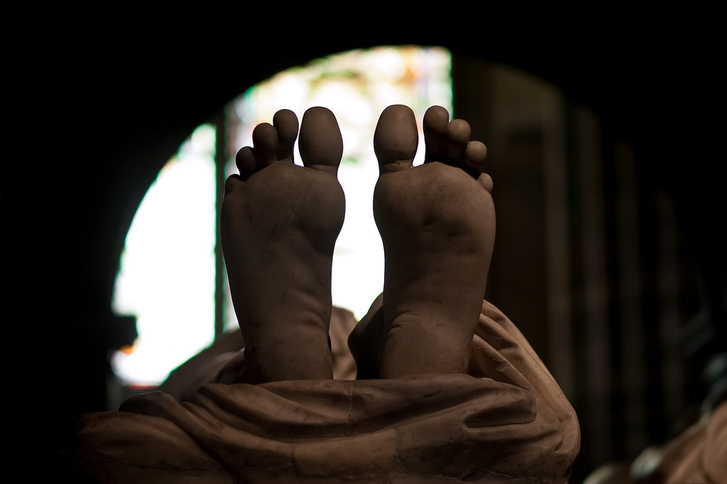

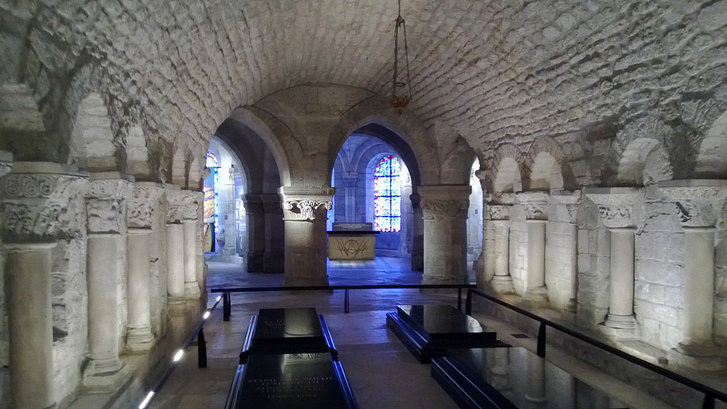

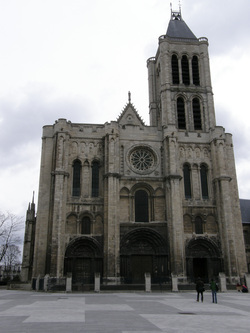

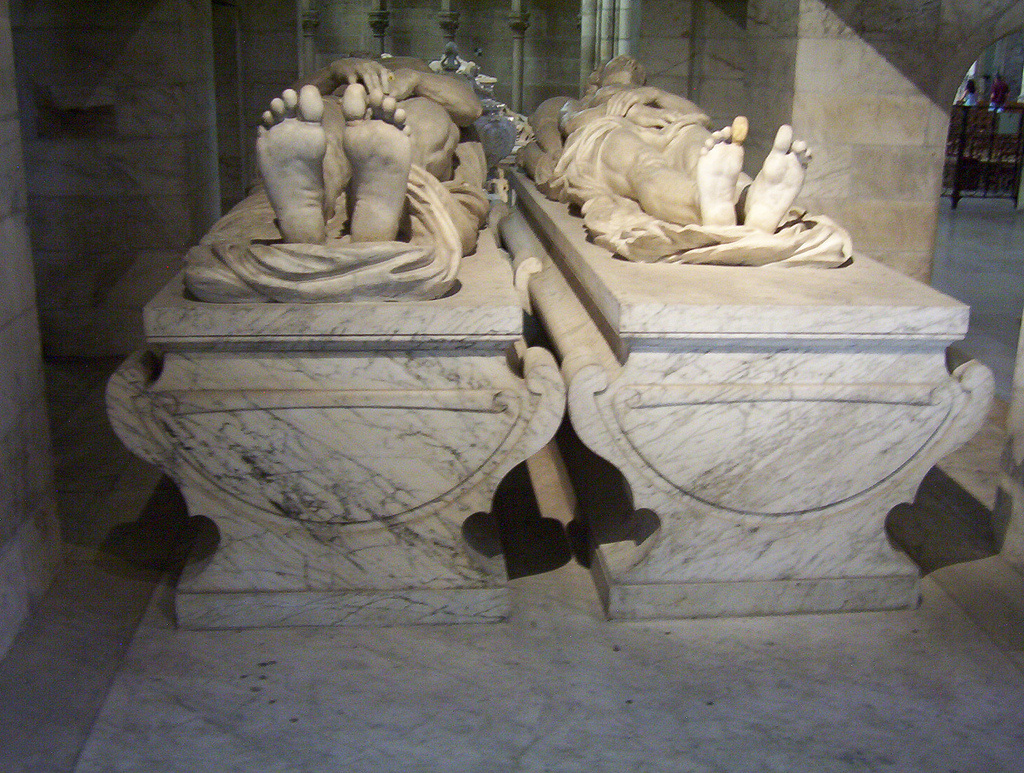

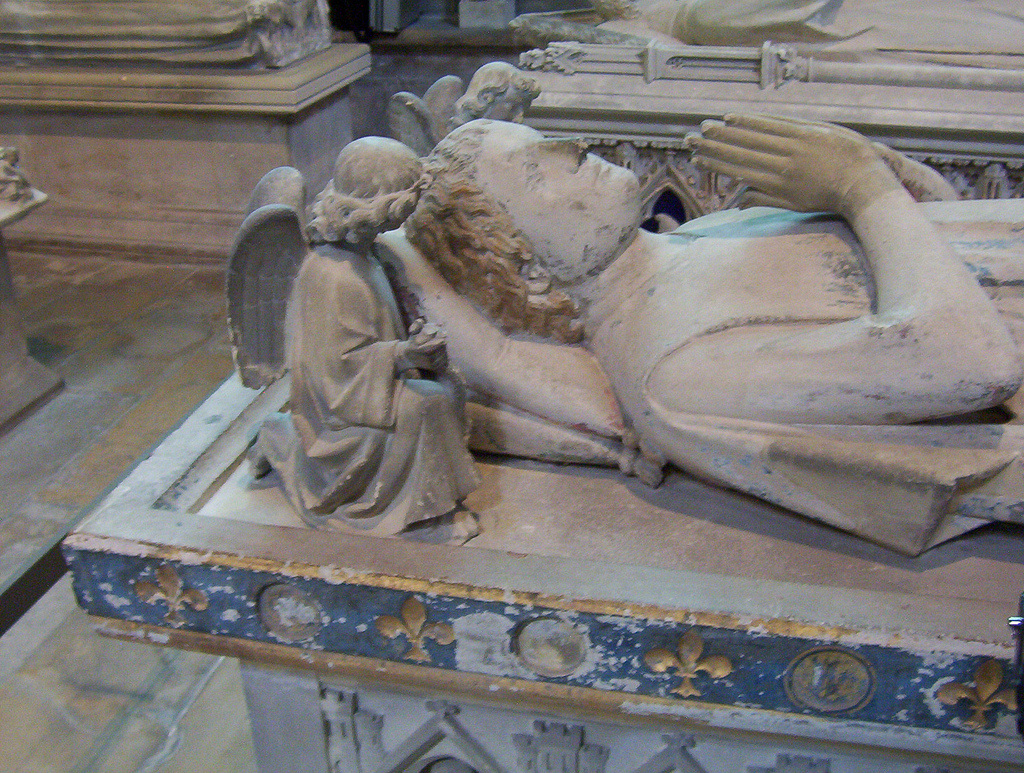
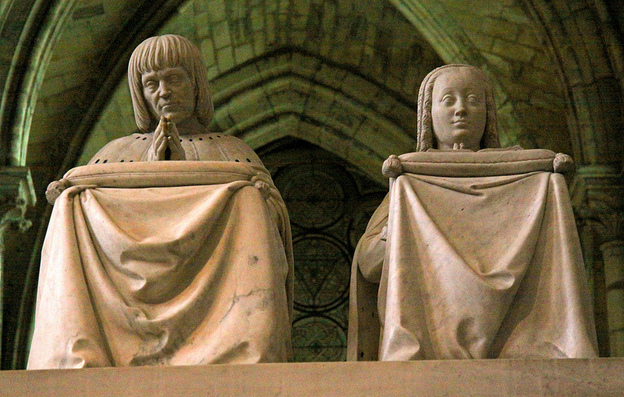
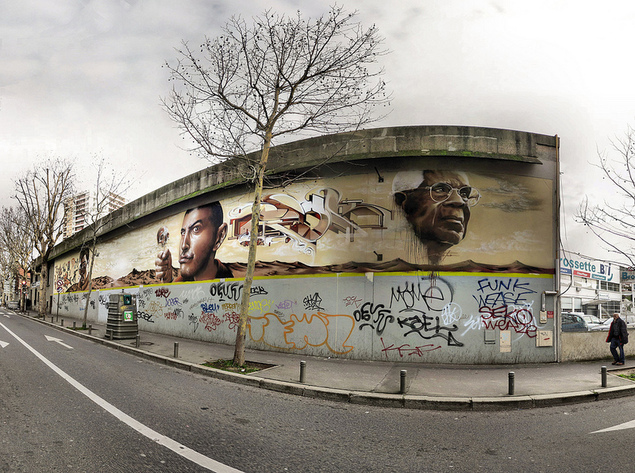
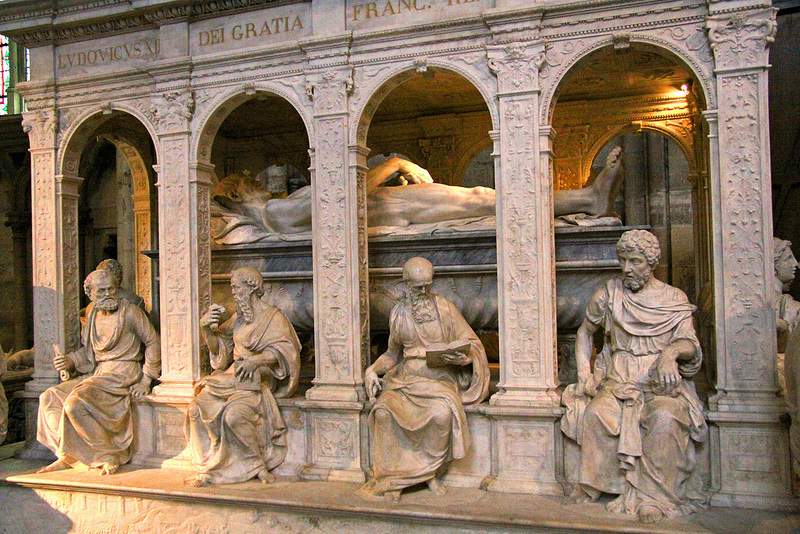

 RSS Feed
RSS Feed
